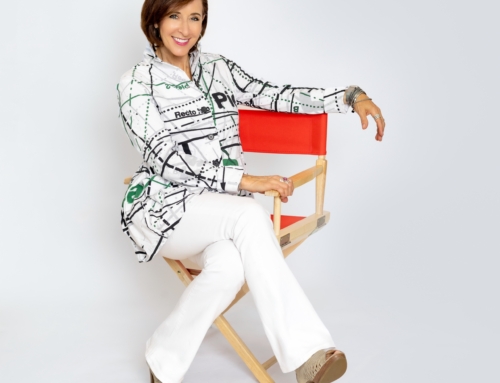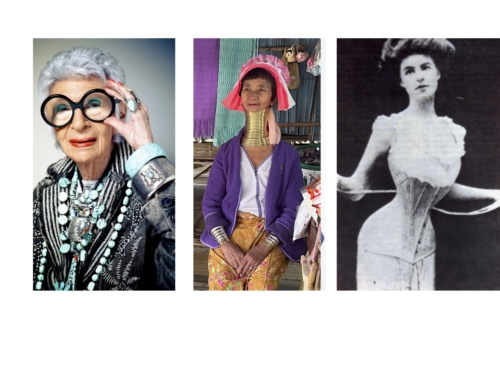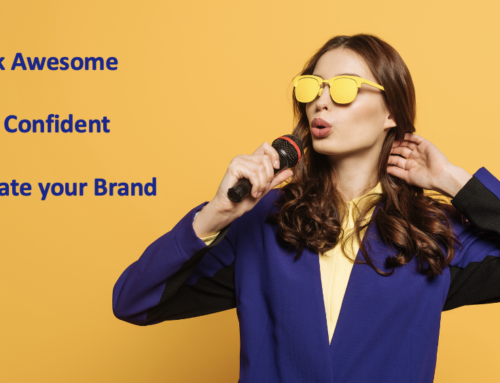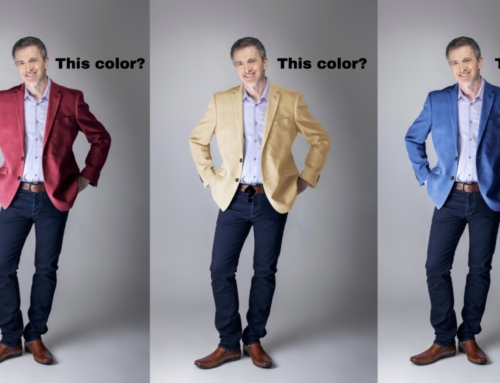Everyday has become “Casual Friday” in many offices and career fields across the country. Especially with the rise of the startup culture, many people work in small offices with a more casual vibe. For men, business wear has become very casual, to the point of being a little sloppy. How did this happen?
A little history… did you know that the desire to support the Hawaiian garment industry started Casual Friday? It began in Hawaii in the early 1960s. The Hawaiian Fashion Guild began an ad campaign to promote wearing Hawaiian print shirts, both in everyday wear and as part of workwear. The association even sent two aloha shirts to every member of the Hawaii House of Representatives and the Hawaii Senate. It didn’t take long for the campaign to catch on, and soon Hawaiian shirts were accepted as appropriate workwear in the summers. Senators and representatives liked the idea of supporting the Hawaiian garment industry and its many employees across the islands.

Great for a music festival, not a Monday at work.
The president of the Hawaiian Fashion Guild saw the momentum and took advantage of it. He campaigned for “Aloha Friday,” which would let men wear Hawaiian shirts on the last day of the week for a few months out of the year. This practice began in 1966 and the younger generation took to it much more frequently than those older than them. Slowly, this trend spread to California and other west coast states.
In the early 1990s, Casual Friday became a common practice when Hawaii’s trends were combined with other major retailer campaigns. Levi’s had seen a decline in jean sales and created a new label, Dockers, which sold khakis, a compromise between jeans and suit pants. Levi’s also published a pamphlet titled “A Guide to Casual Business Wear,” which heavily featured Docker khakis, formerly only seen as golf attire.
Dockers jump-started the preppy trend, and brands like J. Crew and Ralph Lauren began to run similar campaigns for polo shirts and chinos, which fit nicely into the Casual Friday dress code. Business casual at that point was defined and had similar characteristics at most companies:
- Stay professional, don’t get too sloppy – nothing distressed, sleeveless, or transparent
- Shirts with graphics and logos were usually not allowed
- Refrain from any sort of athletic wear
- Keep shoes closed-toed and accessories at a minimum
- Stay away from trends like grunge, lingerie, short hemlines, etc.
As most of us have experienced, business casual as devolved quite a bit since the 1990s. While it may be more common practice on the west coast, especially in places like Silicon Valley and Los Angeles, men’s business casual now ranges from the khakis and button down look of the mid-90s to jeans or shorts, a t-shirt with a company logo and flip-flops or Converse sneakers. Men’s business casual now leans a lot more sloppy than it once did.
If you feel like business-appropriate attire and casual clothing that should be saved for the weekend get confused too easily, here are 7 tips on how to know the difference between proper business casual and weekend casual:
1. If you wouldn’t wear it on a first date to a nice restaurant, don’t wear it to work. On any given day, you could be meeting someone for the first time and only have one chance at a first impression.
2. Jackets and sport coats always make a powerful first impression. Even if you’re putting sport coats with a pair of jeans, it makes a huge difference of power and sophistication. You come off as polished and professional.
3. Always be somewhere between a suit and jeans. This provides plenty of acceptable options. For pants: khakis, chinos, dark jeans and corduroy pants. For tops: sweaters, blazers and sport coats, cotton button-down long-sleeve shirts and cardigans. No short sleeve shirts! It’s best to stick to neutral or darker colors, since light, bright and summery colors and prints inherently look more relaxed and therefore too casual.

All of these are great outfits that are casual, stylish and office-appropriate.
4. If you must wear jeans (or if it’s common practice in your office), they should be dark. High quality, dark denim can be acceptable for a more casual office if you desire, but never wear jeans that have rips, tears, frayed bottoms or multiple years of wear. Your office-appropriate jeans should fit the same as your trousers or suit pants and be well-maintained. If you wear them to throw a football around with friends or they’re your weekend go-to pants, leave them at home during the work week.
5. Can you add a tie? If your outfit could easily be dressed up with a tie or blazer, it’s a safe bet and would give you greater confidence to go forward. If a tie and/or blazer would look ridiculous with your outfit, it’s probably too laid back and best to leave it in your closet.
6. Absolutely no sneakers or sandals. It doesn’t matter how nice the brand is or how stylish they are, sandals or sneakers of any kind do not have a place in a professional setting. Boat shoes are often too casual as well, but some offices do lean a little more casual.

Still good looks for the weekend and hanging out with friends, but NOT okay for the office.
7. Full-length pants only. This should be clear, but just in case: shorts are never professional. Save them for weekends, baseball games and other leisure activity. No matter how warm it is, there are lighter materials you can wear that cover the whole leg.
And when following these rules, make sure that no matter how casual your workplace environment is, you wear a suit for important meetings, interviews and events. If you’re stepping outside the office for any reason during the day, it’s best to wear a sport coat or a suit. Just remember, you can always be underdressed, but can never be overdressed.
Check out my Pinterest page for Men’s Business Casual for great ideas.
